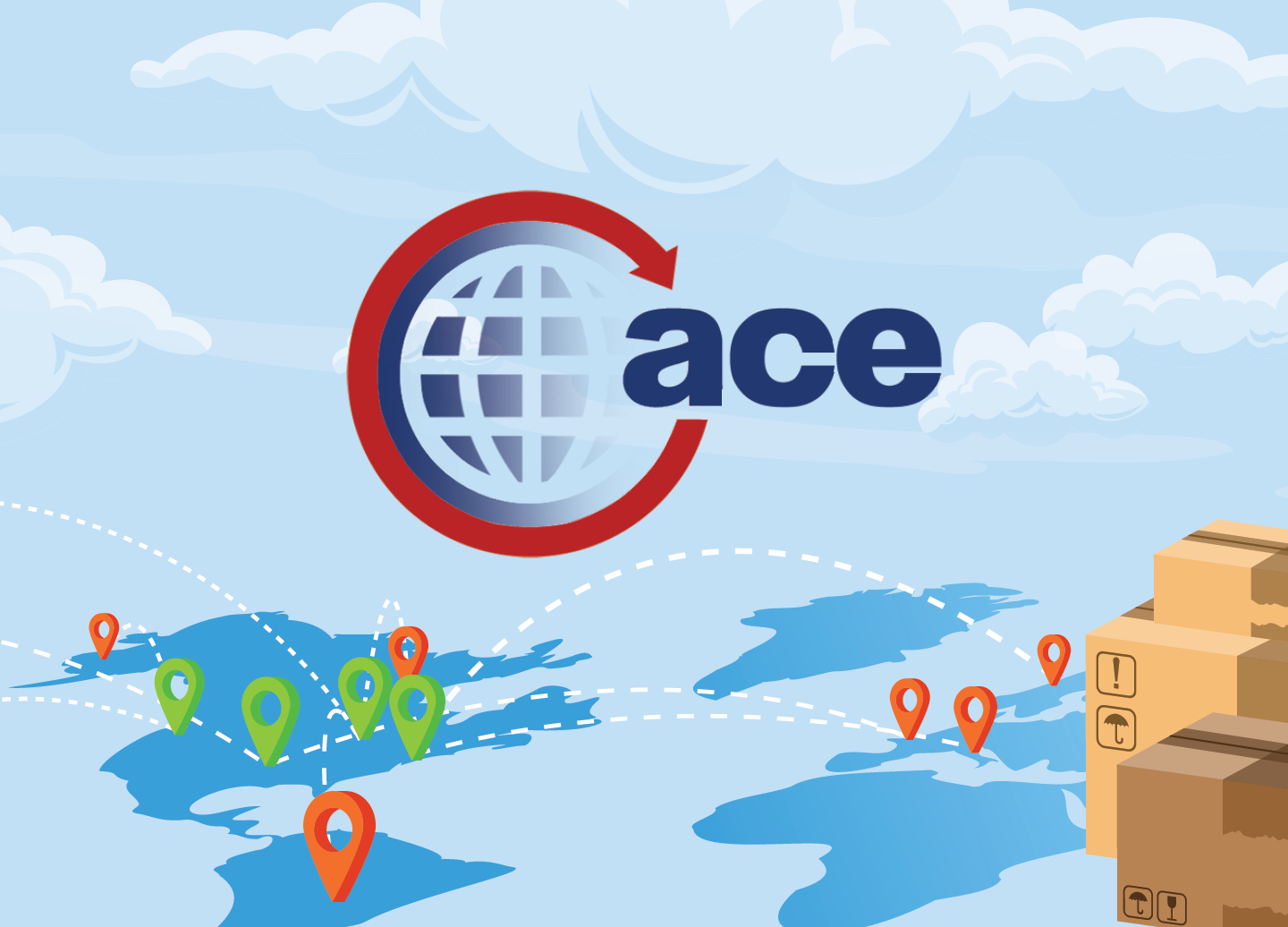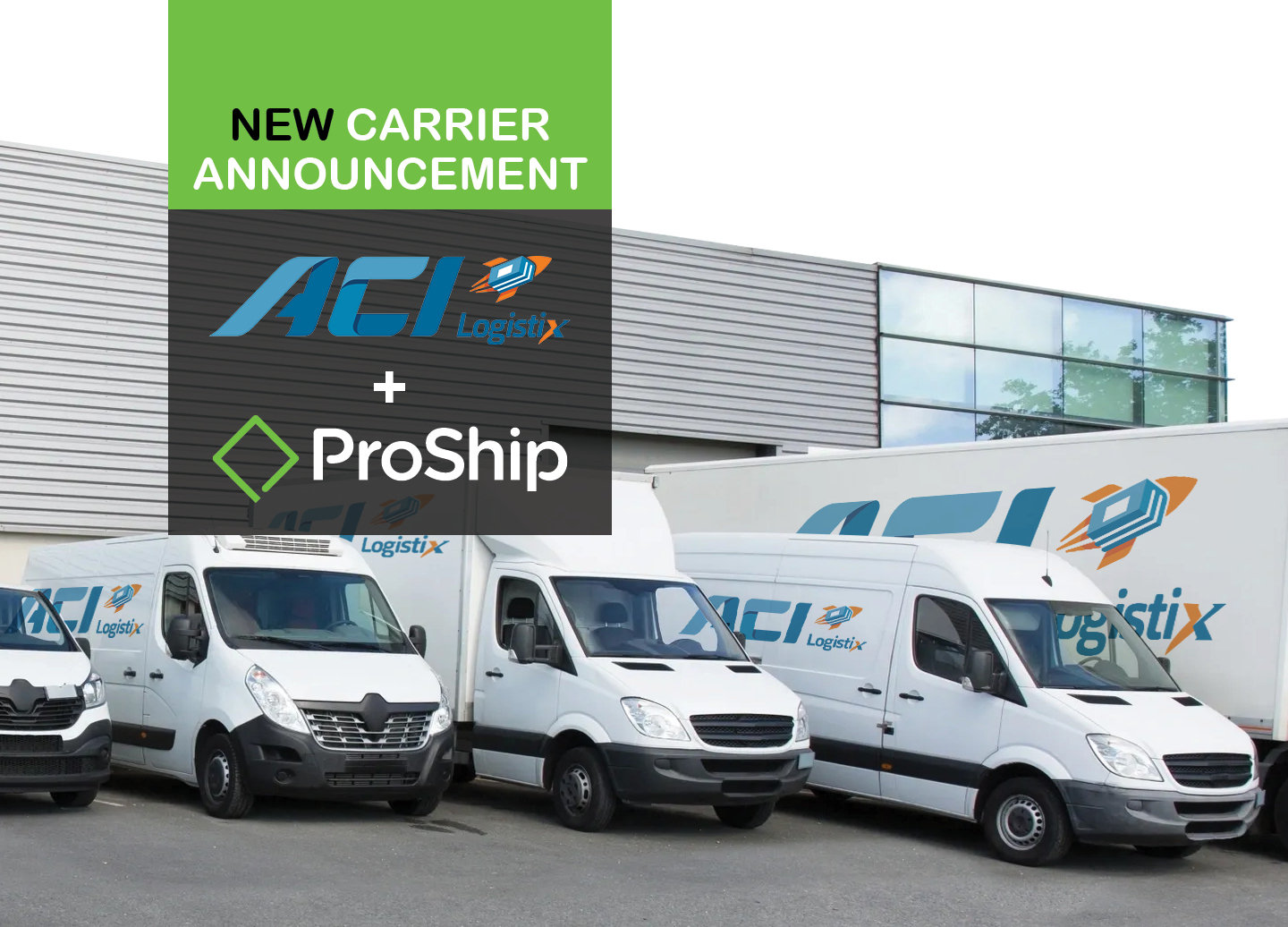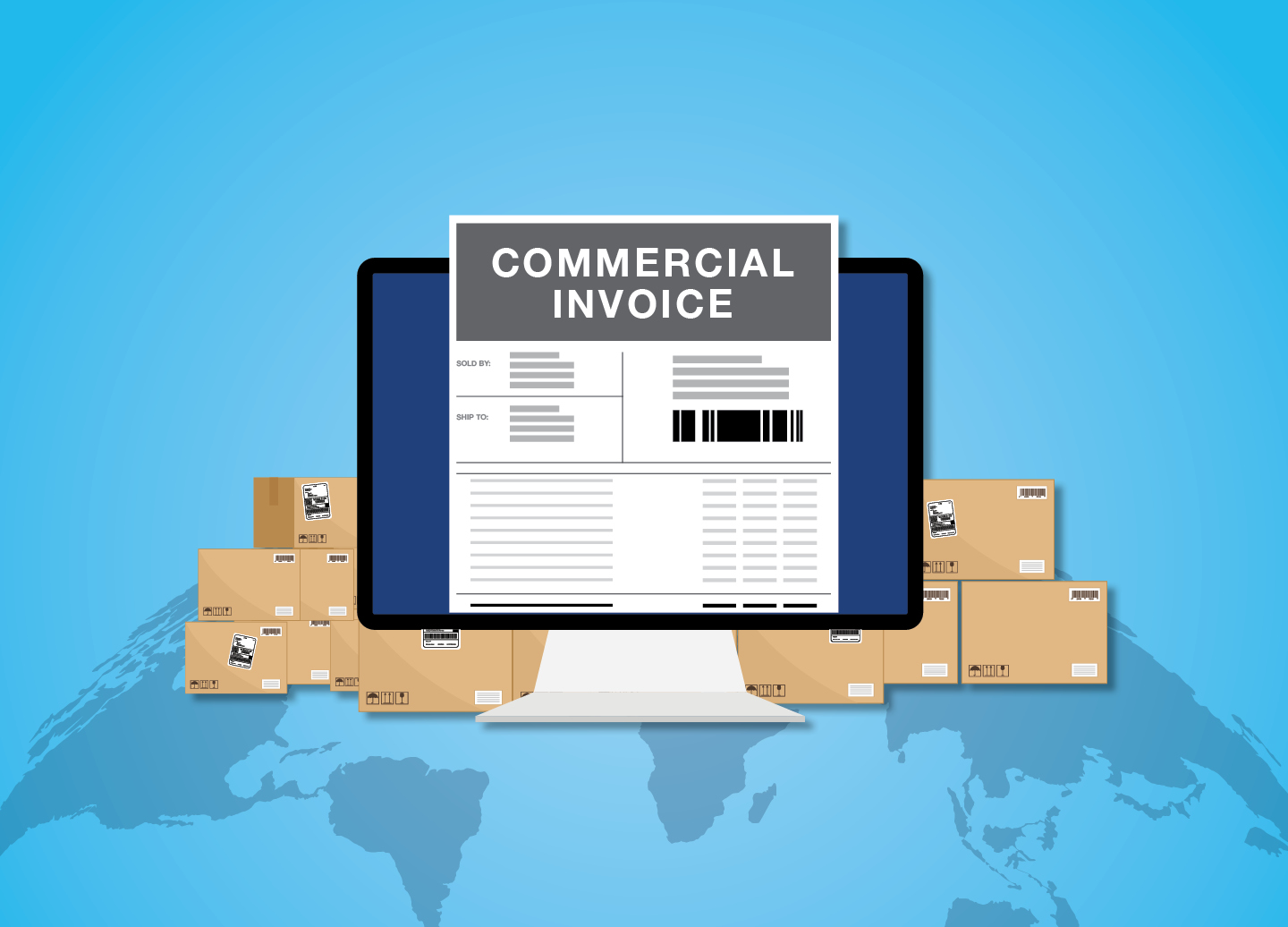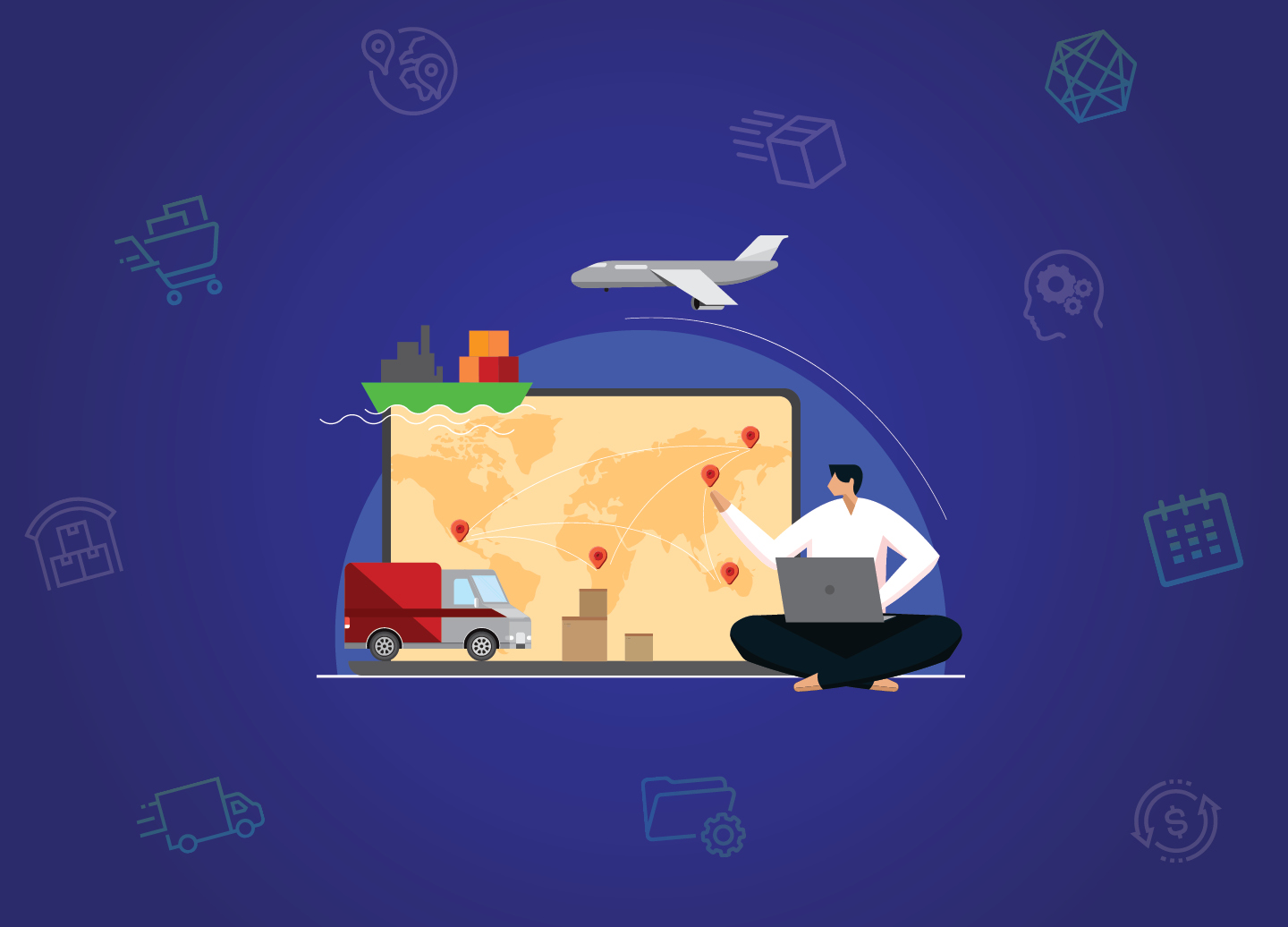Learn why the opportunity to expand your business abroad has never been better.
While e-commerce is still growing, online retail sales growth is no longer at the pandemic-driven highs that we have seen for the last couple years. And even though it’s forecasted that global retail e-commerce sales will hit $10 trillion by 2027, brands must look for innovative ways to expand their customer base. Establishing a global scale for your business is a viable and worthwhile opportunity to take advantage of shoppers worldwide. Customers are no longer bound by brick-and-mortar stores and are more comfortable purchasing from overseas.
Why Cross-Border E-Commerce
Today, two in three businesses that sell online are already selling internationally. If your business isn’t taking advantage of the potential beyond your borders, you are leaving money on the table.
There are several advantages to selling internationally: it aids in business growth, increases your margins by selling to other markets, creates demand from foreign customers and thins the domestic competition.
Where Cross-Border E-Commerce
We can’t talk about cross-border e-commerce without mentioning one of global leaders, Amazon. 27% of the world’s cross-border online shoppers say their last purchase with a foreign retailer was with Amazon. For future growth and to combat the dominance of sellers such as Amazon, merchants should be looking at how they can capture new markets, new consumers and achieve growth of existing inventory without having to redesign aspects of their supply chain.
Although all cross-border options have possibilities, the Canadian and the British markets are expected to grow the most – both with new merchants in market and sales among present merchants. In fact, 87% of the British population shop online already. And even more encouraging, 30% of the total retail market in the UK (up from 20% in 2020) is consumer e-commerce, totaling over $120 billion in annual revenue.
As far as our Canadian neighbors, 73% of the Canadian population shops online and sits as the #1 trade lane for the United States. In 2021, Canada was the largest US trading partner in goods and services with over $1 trillion in bilateral trade. To learn more about why our northern neighbors are a great option for a trade partner, check out the International Shipping By The Numbers Infographic.
Pain Points to Cross-Border E-Commerce
Choosing the right markets for broadening your e-commerce strategy is a huge step in becoming a successful global merchant. But even as the number of international customers increases, there will still be many barriers that both retailers and manufacturers will need to overcome. The top four pain points that are particularly critical for consumers:
Paint Point #1: International Shipping Costs
Expensive delivery costs often lead to cart abandonment. The Baymard Institute cited extra costs like shipping, taxes, and fees as the biggest dealbreaker for triggering cart abandonment.
Pain Point #2: Automating the filing of ITN documentation
Making sure you have the right documentation is a crucial part of a cross-border strategy and if that process is automated – that saves you time, ensures you don’t encounter delays, and helps meet your customer delivery expectations.
Pain Point #3: Onboarding the necessary cross-border carriers
As brands move to expand their e-commerce strategy across borders, they will likely need a variety of carriers to meet their new needs, some they may already have integrations with, some accessible through their technology partner, or some net new to their business.
Pain Point #4: Ensuring your technology can accommodate international shipping processes
Your technology should simplify and automate your shipping processes, not hold you back when expanding your strategy. The right solution can integrate into your existing Enterprise Software Stack to streamline your processes so cross-border shipping doesn’t need to be treated differently than domestic.
Other cross-border e-commerce concerns
Postal deliveries globally can solve the first issue of cost; however the level of tracking globally is still an issue. While tracking visibility has improved over the last several years, it is just not at a standard that is conducive to a quality consumer experience with parcels. In addition, customs/ tax fees have long been major obstacles to international growth for merchants, especially when trading into areas with higher thresholds. In Canada, its $20 USD but in Europe, the average is around $190 USD but it varies from country to country. Nothing will kill a repeat customer quicker than receiving notice they can’t get their package until they pay more. In fact, 55% of consumers stated that they would not consider buying from a merchant a second time if they were hit with unexpected fees at delivery.
Overcoming Cross-Border Challenges
While some retailers and manufacturers are primarily using freight forwarders, they may be looking to a team without cross-border expertise. Many logistics providers with retail customers do not have the knowledge or experience to support a cost-efficient and compliant international shipping program. Others hire customer compliance specialists or full service cross-border e-commerce specialists to strategize international shipping methods. However, more and more businesses are looking to their shipping software for global shipping capabilities.
One of the most important first steps in expanding your market internationally is to choose a cross-border shipping strategy, specifically how you will get your parcels delivered to your customers. Best practice for a positive customer experience is to offer your consumers a range of shipping choices. When you include features, such as tracking, insurance, and proof of delivery, you can help to establish trust in the shipping process. Next, determine if you will collect taxes on the front or the back end. Finally, if you do anticipate returned or refused parcels, be sure to have a viable reverse logistics method to get the parcel back to your home base. In addition, you need to make sure your technology, like a global multi-carrier shipping software, can meet the needs of these requirements including…
- AES Direct / ACE Gateway for ITN filing
- Advanced INTL consolidation capabilities (ETD / ID/ Trade Direct)
- Documentation automation output (CI, SLI, MCA, other)
- Hazmat Cross-border (DGIS)
- Integrated handling of commodity line-item details
- International origin (EU, APAC, etc.)
- Support for Carrier INTL Services and INTL Consolidator Options, such as Zone Skip / Carrier Hub injection (US to Canada and Canada to US) and Consolidator Clearance (UPS Worldease, FedEx IPD, IGD, DHL BBX, etc.)
Why ProShip is right for your cross-border (and domestic) shipping strategy
ProShip’s multi-carrier shipping software has the advanced technology to handle tricky international shipping situations, such as dangerous goods, documentation output, and more. And as a certified ACE filings vendor, ProShip offers a quick and easy AES filing process with real-time response from ACE. The ProShip solution handles the export compliance, label creation and carrier regulations while automating the electronic filing of your export documents.
With a flexible and robust architecture, ProShip’s enablement of the supply chain with technology allows for visibility and reduced cross-border shipping costs. With a cross-border shipping program supported by technology and experience, your brand will quickly reap the benefits of business growth, increased margin, and most importantly – happy customers around the world.

 Back to Blog
Back to Blog





